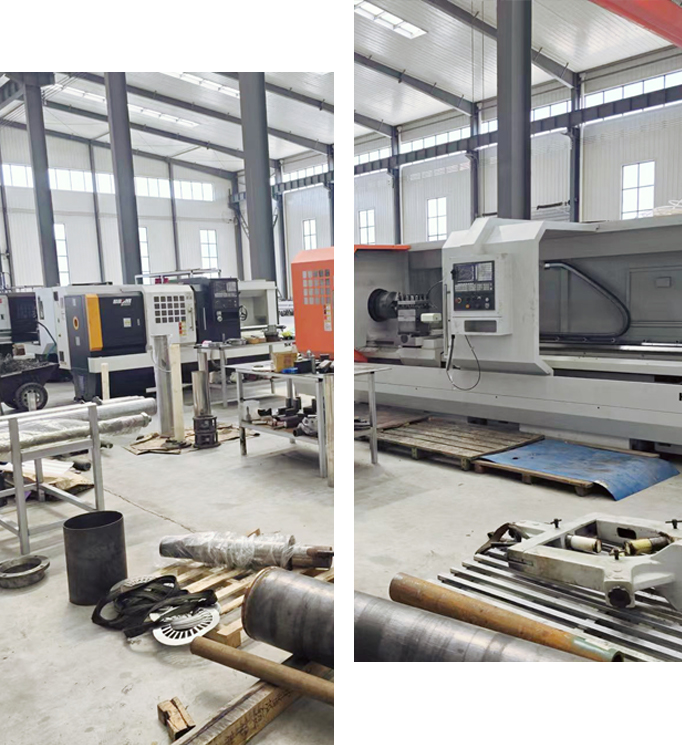Oct . 21, 2024 14:14 Back to list
submersible oil pumps
Submersible Oil Pumps An Essential Tool for Efficient Oil Extraction
Submersible oil pumps are specialized devices designed to extract oil from underground reservoirs. These pumps operate under the surface of the oil, making them particularly efficient for a variety of applications in the oil and gas industry. As the global demand for energy continues to rise, the importance of reliable and effective extraction methods like submersible oil pumps becomes ever more critical.
A submersible oil pump is typically housed in a protective casing that allows it to be positioned in the well fluid. Unlike traditional oil pumps located above ground, submersible pumps are submerged in the fluid they are designed to extract. This configuration has several advantages, including enhanced efficiency and reduced risks of vapor lock, which can occur when gasoline or oil is exposed to lower pressures.
One of the primary benefits of submersible oil pumps is their ability to handle high flow rates
. These pumps are particularly useful in areas where the oil is situated at significant depths, as they can push the fluid to the surface without requiring complex surface piping systems. The design of these pumps often incorporates a multi-stage impeller system, allowing them to maintain high operational efficiency while managing varying levels of fluid viscosity and density.The construction of submersible pumps is robust, typically featuring materials that resist corrosion and wear. This resilience is crucial, as the pumps are often exposed to harsh environments, including high temperatures and abrasive materials present in crude oil. Manufacturers usually employ stainless steel and other resilient alloys in the construction of these pumps to prolong their lifespan and ensure reliable performance.
submersible oil pumps

Another advantage of submersible oil pumps is their generally lower operating costs when compared to other extraction methods. Because they operate submerged, they do not require as much energy to lift the oil, which results in reduced energy consumption. Moreover, their compact design allows for easier transport and installation, making them an attractive option for many oil extraction projects.
This technology can be implemented in various fields, including offshore drilling, which has become increasingly popular due to the discovery of new oil reserves in deeper waters. Submersible pumps provide an effective means of accessing these resources while ensuring safety and efficiency.
However, challenges remain in the operation of submersible oil pumps. Operators need to ensure that these pumps are adequately monitored and maintained to avoid downtime and costly repairs. Issues such as clogging, electrical failures, and wear on mechanical components can hinder performance if not addressed promptly. As such, investing in predictive maintenance technologies can greatly enhance the reliability of submersible oil pump systems.
In conclusion, submersible oil pumps play a vital role in the oil extraction industry, providing a reliable, efficient, and cost-effective means of accessing subterranean resources. Their robust design and ability to operate in challenging conditions make them indispensable tools for meeting the ever-increasing global energy demands. As technology continues to advance, the future of submersible pumps looks promising, likely improving efficiency and sustainability in oil extraction processes even further.
-
Submersible Water Pump: The Efficient 'Power Pioneer' of the Underwater World
NewsJul.01,2025
-
Submersible Pond Pump: The Hidden Guardian of Water Landscape Ecology
NewsJul.01,2025
-
Stainless Well Pump: A Reliable and Durable Pumping Main Force
NewsJul.01,2025
-
Stainless Steel Submersible Pump: An Efficient and Versatile Tool for Underwater Operations
NewsJul.01,2025
-
Deep Well Submersible Pump: An Efficient 'Sucker' of Groundwater Sources
NewsJul.01,2025
-
Deep Water Well Pump: An Efficient 'Sucker' of Groundwater Sources
NewsJul.01,2025
-
 Submersible Water Pump: The Efficient 'Power Pioneer' of the Underwater WorldIn the field of hydraulic equipment, the Submersible Water Pump has become the core equipment for underwater operations and water resource transportation due to its unique design and excellent performance.Detail
Submersible Water Pump: The Efficient 'Power Pioneer' of the Underwater WorldIn the field of hydraulic equipment, the Submersible Water Pump has become the core equipment for underwater operations and water resource transportation due to its unique design and excellent performance.Detail -
 Submersible Pond Pump: The Hidden Guardian of Water Landscape EcologyIn courtyard landscapes, ecological ponds, and even small-scale water conservancy projects, there is a silent yet indispensable equipment - the Submersible Pond Pump.Detail
Submersible Pond Pump: The Hidden Guardian of Water Landscape EcologyIn courtyard landscapes, ecological ponds, and even small-scale water conservancy projects, there is a silent yet indispensable equipment - the Submersible Pond Pump.Detail -
 Stainless Well Pump: A Reliable and Durable Pumping Main ForceIn the field of water resource transportation, Stainless Well Pump has become the core equipment for various pumping scenarios with its excellent performance and reliable quality.Detail
Stainless Well Pump: A Reliable and Durable Pumping Main ForceIn the field of water resource transportation, Stainless Well Pump has become the core equipment for various pumping scenarios with its excellent performance and reliable quality.Detail
